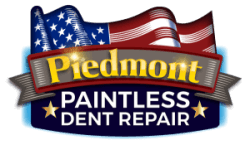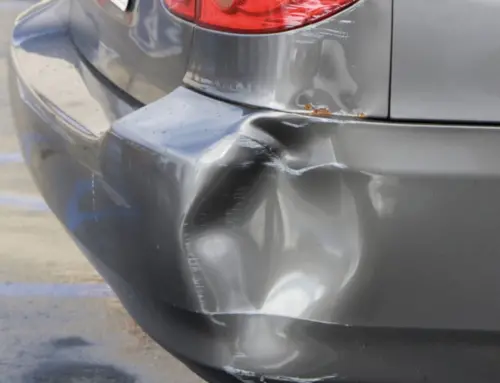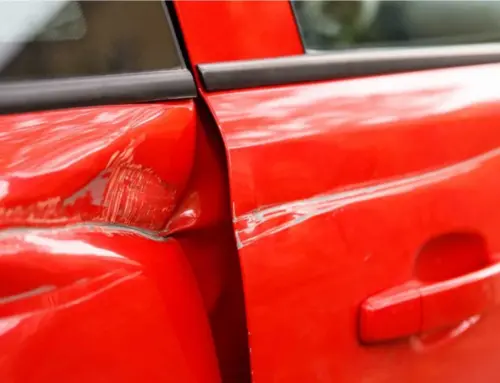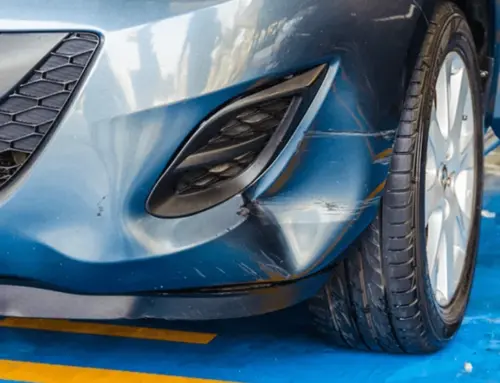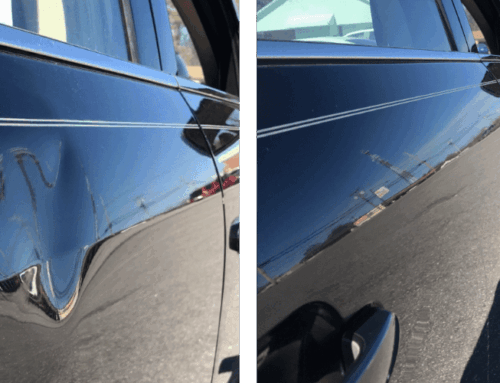Dents and dings are an unfortunate reality for many vehicle owners, but the good news is there are multiple ways to fix them. The two most common methods are paintless dent removal (PDR) and traditional bodywork.
But how do you know which is right for your situation? Paintless dent removal offers a quick, cost-effective solution for minor dents, preserving your car’s original paint and avoiding the need for extensive repairs.
On the other hand, traditional bodywork is ideal for more severe damage that requires repainting or restructuring. Understanding the differences between these options can help you make the best decision for restoring your vehicle’s appearance.
What are the main differences between paintless dent removal and traditional Bodywork?
The main differences between paintless dent removal (PDR) and traditional Bodywork can significantly affect your choice of vehicle repair. Here are the key distinctions:
- Repair Method:
- PDR: Utilizes specialized tools to gently push and massage the dent from behind the panel without affecting the paint.
- Traditional Bodywork involves sanding, filling, and repainting the affected area to restore the vehicle’s appearance.
- The extent of Damage:
- PDR: Best suited for minor dents, dings, and creases where the paint is intact, such as hail damage or door dings.
- Traditional Bodywork is required for more extensive damage, deep dents, or areas where the paint has been scratched or chipped.
- Cost:
- PDR: Generally more affordable due to the quicker process and fewer materials needed.
- Traditional Bodywork: Typically more expensive due to labor, materials, and paint required for repairs.
- Time Efficiency:
- PDR: Usually completed in a few hours, allowing for a faster turnaround.
- Traditional Bodywork: This may take several days or longer, depending on the severity of the damage.
- Impact on Resale Value:
- PDR: Preserves the factory paint finish, helping maintain the vehicle’s resale value.
- Traditional Bodywork: Potential for differences in paint texture and color matching can affect resale value.
Understanding these differences can help you decide based on your vehicle’s condition and repair needs.
Which method is more cost-effective: paintless dent removal or traditional Bodywork?
Paintless dent removal (PDR) is generally more cost-effective compared to traditional Bodywork, primarily for several reasons:
- Lower Labor Costs: PDR typically requires less time than traditional Bodywork. Since the process involves simply manipulating the metal back to its original shape without extensive sanding or repainting, labor costs are often lower.
- Fewer Materials Needed: PDR does not require paint, filler, or other materials used in traditional repairs. This absence of additional materials further reduces the overall cost of the repair.
- Quick Turnaround: Because PDR can often be completed in hours, you save on labor costs and minimize downtime without your vehicle, making it a more economical choice.
- Minimal Impact on Resale Value: PDR preserves the factory paint finish and helps maintain the vehicle’s resale value. In contrast, traditional Bodywork can sometimes result in noticeable differences in paint quality or texture, potentially affecting resale value.
However, it’s essential to note that PDR is only suitable for minor dents and dings where the paint is intact. If the damage is more extensive or the paint is compromised, traditional Bodywork may be necessary, albeit at a higher cost. Ultimately, the choice between PDR and traditional Bodywork should consider the extent of the damage, but for minor repairs, PDR is typically the more cost-effective option.
How does paintless dent removal affect a vehicle’s resale value compared to traditional Bodywork?
Paintless dent removal (PDR) can have a more positive impact on a vehicle’s resale value compared to traditional Bodywork for several reasons:
- Preservation of Factory Finish: PDR repairs the dent without damaging or altering the vehicle’s original paint job. This preservation of the factory finish helps maintain the vehicle’s aesthetic integrity, which is crucial for potential buyers.
- No Paint Matching Issues: Traditional Bodywork often requires repainting the affected area, leading to challenges in matching the original paint color and texture. Even with the best efforts, noticeable differences may detract from the vehicle’s overall appearance and perceived value.
- Reduced Risk of Future Issues: PDR does not involve using fillers or additional materials that could lead to future problems, such as peeling paint or rust. This reliability can make buyers more confident in the vehicle’s condition, positively influencing its resale value.
- Quick and Efficient Repairs: PDR is generally faster and less invasive, so sellers can have their vehicles ready for sale sooner. This efficiency can also attract potential buyers looking for a well-maintained vehicle.
- Positive Perception: Vehicles repaired using PDR are often perceived as well cared for, especially when the repairs are minimally invasive. Buyers may view the vehicle more favorably, which can lead to a higher selling price.
Opting for paintless dent removal can enhance a vehicle’s resale value by maintaining its original appearance, avoiding paint matching issues, and fostering buyer confidence in its condition. This makes it a preferable choice for minor repairs.
When should you choose traditional Bodywork over paintless dent removal?
Traditional Bodywork over paintless dent removal (PDR) is necessary in several scenarios. Here are key situations when traditional Bodywork may be the better option:
- Extensive Damage: If the dent is deep, large, or has caused significant metal deformation, traditional Bodywork is often required to restore the vehicle’s shape properly.
- Paint Damage: When the paint is scratched, chipped, or otherwise compromised due to the impact that caused the dent, traditional Bodywork is necessary to repaint the affected area and ensure a uniform finish.
- Multiple Dents: In cases with multiple dents or a series of damages, especially in a concentrated area, traditional Bodywork may be more effective for comprehensive repairs.
- Creases or Sharp Dents: Dents with sharp edges or creases may require traditional bodywork techniques to reshape the metal effectively, as PDR may not adequately address these types of damage.
- Rust or Corrosion: If the dent is in an area that has started to rust or shows signs of corrosion, traditional Bodywork can address these issues, ensuring that the metal is repaired and properly sealed.
- Structural Repairs: Traditional Bodywork is necessary to restore safety and function after damage affects the vehicle’s structural integrity, such as impacts on the frame or body panels.
- Insurance Claims: In some cases, insurance companies may prefer traditional Bodywork for significant damages, especially if they require documentation and detailed assessments of repairs.
- Preference for Complete Restoration: If you prefer a complete restoration to the original condition and aesthetic, traditional Bodywork can address every damaged aspect, including any underlying issues.
Traditional Bodywork is the better choice when dealing with extensive damage, paint issues, creases, or any situation where the integrity of the vehicle needs thorough restoration. Understanding the extent and type of damage will help you decide which repair method suits your needs.
Choose the Best Repair: PDR or Bodywork?
At Piedmont Dent Repair, we understand that deciding between paintless dent removal (PDR) and traditional Bodywork can be challenging. Our expert team is here to help you evaluate your options based on the extent of the damage and your specific needs. PDR offers a quick, cost-effective solution for minor dents and dings while preserving your vehicle’s original paint. However, traditional Bodywork may be necessary for more extensive damage or paint issues. We provide thorough assessments and transparent advice to ensure you make the best choice for your vehicle. Contact Piedmont Dent Repair today for expert guidance and quality repairs!
